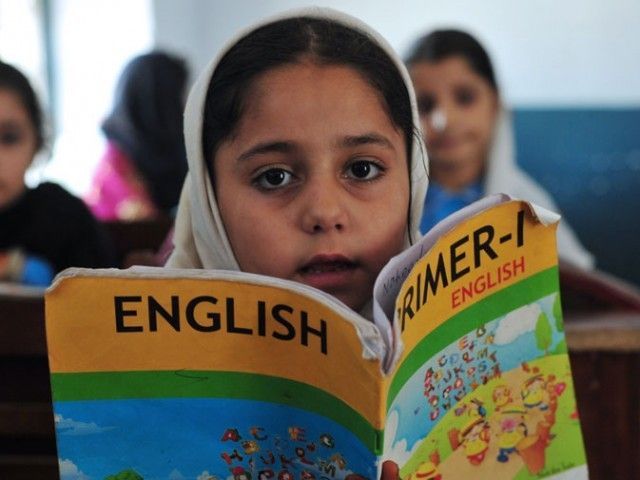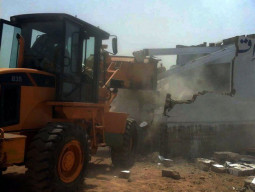
The aim behind establishing these schools is to bridge the gap between primary and post-primary education in Sindh. During his presentation, deputy-director of advocacy and communication for SEF Nisar Banbhan said 68% of students are studying in primary schools and there are only 2,336 middle schools for 0.2 million students in Sindh.
Under the banner of the SEF Middle and High School (SMHS) programme, the foundation has selected 80 school operators for the establishment of 125 middle and high schools in different areas of Sindh, mainly in marginalised areas. They plan to set these schools up in areas where there is no access post-primary schools, Banbhan added, sharing that they have conducted a survey and have established schools in areas where there are no middle and high schools within a 25 to 30 kilometre distance from a primary or elementary school.
With financial and technical support extended to these post-primary schools, SEF aims to enroll 30,000 students in phase I and, within five years, enroll 200,000 students. The project will be working through public private partnership with an initial 125 schools, which will be handed over to NGOs and even individuals.
Banbhan explained that the schools are given with a contract of 20 years to partners, also known as operators, and a subsidy is given to the operator for each child. An operator looking after students of classes six, seven and eight will receive Rs1,000 per child, while operators catering to students in class nine and matric will be given Rs1,200. He said more than 650 primary and elementary schools have also been given to operators under public private partnership to revive the education system in the province. A subsidy of Rs500 is given for primary students and Rs700 is given for elementary students, he added.
According to the Sindh Education Management Information System data for 2014-15, 90% of public schools in the province are primary, with only 10% middle, secondary and higher secondary schools. According to the data shared in the presentation there are 42,342 primary schools, 2,336 middle schools, 1,752 secondary schools and only 294 higher secondary schools.
One of the reasons for the disproportionate ratio of dropouts to post-primary education in the province is lack of primary schools, shared Banbhan.
“We want to change the perspective and approach towards education in the province and we need to support the establishment of schools that can empower the students,” said SEF managing director Naheed Shah Durrani. It is time to provide students with high quality schooling which is aligned with modern methods of teaching and learning supplemented by information and communication technology, she added.
Published in The Express Tribune, July 1st, 2016.


1732243059-0/mac-miller-(2)1732243059-0-165x106.webp)

1672385156-0/Andrew-Tate-(1)1672385156-0-165x106.webp)












COMMENTS
Comments are moderated and generally will be posted if they are on-topic and not abusive.
For more information, please see our Comments FAQ